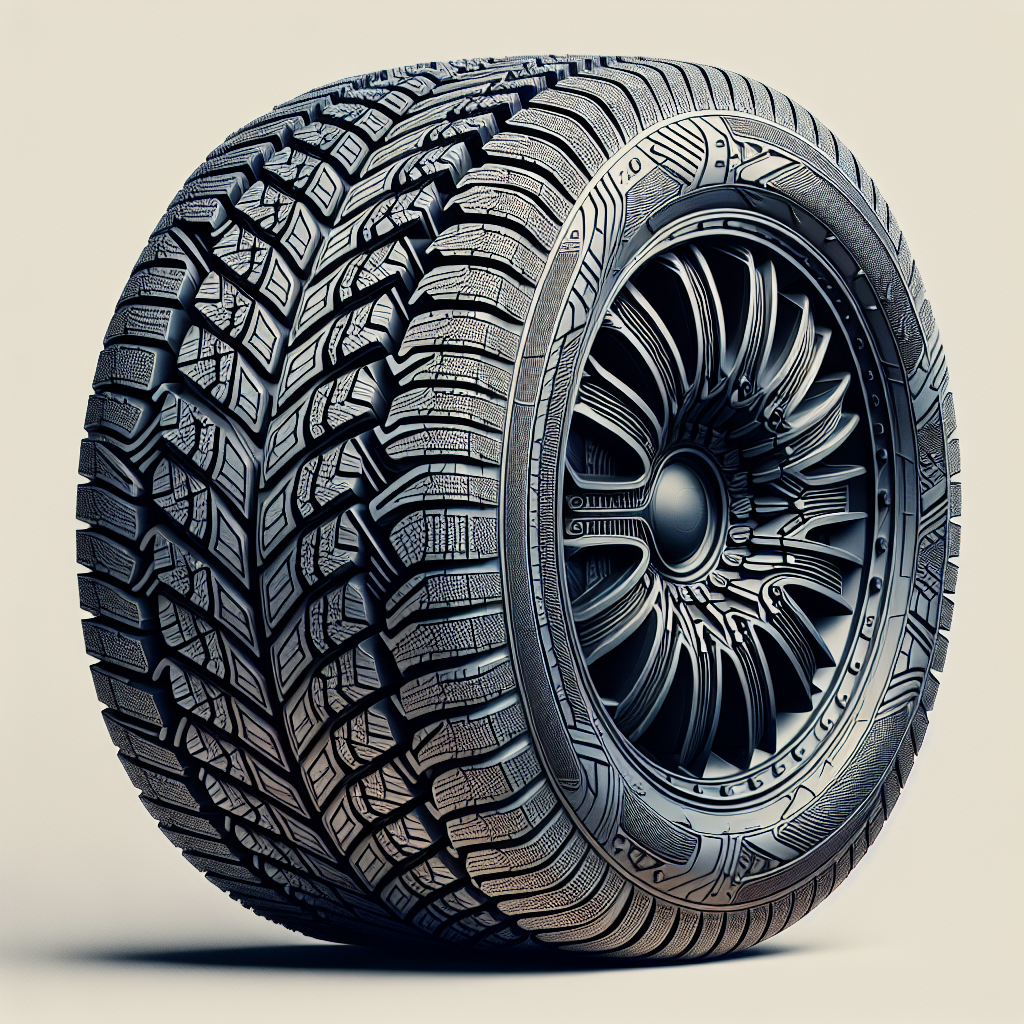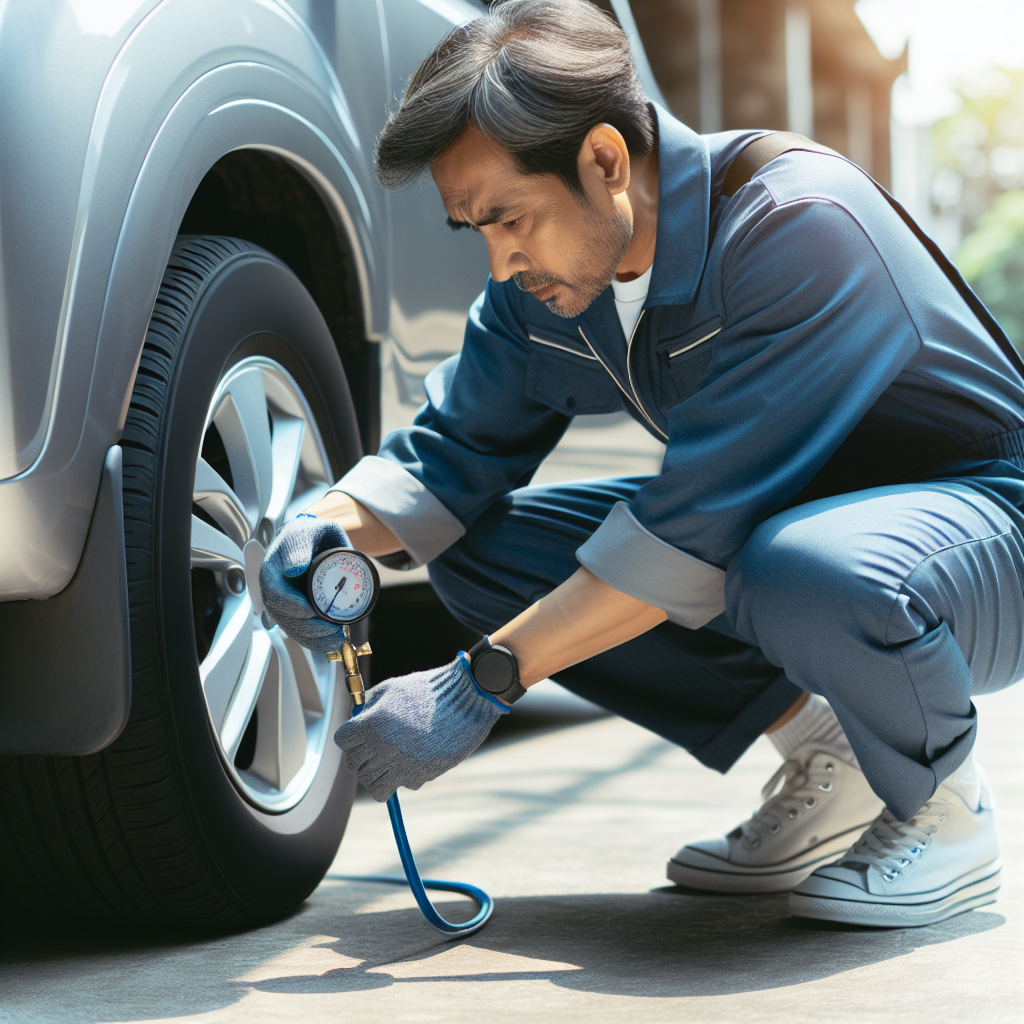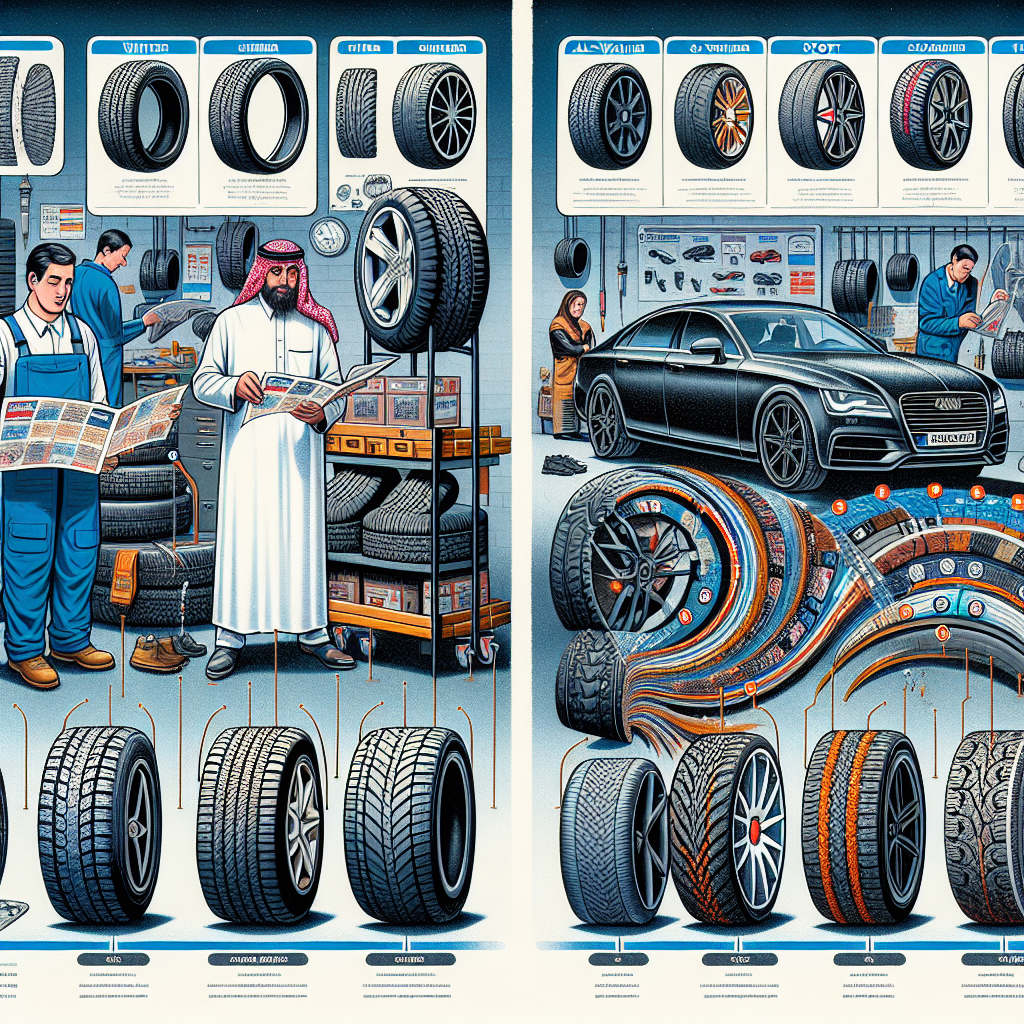The longevity of your vehicle's tires is a crucial aspect of road safety. It also significantly impacts the economy of your vehicle's operation.
Understanding the factors that affect tire life can help you maximize their lifespan. This not only ensures a safer ride but also saves you money in the long run.
In this article, we delve into the various elements that influence tire longevity. From tire inflation and rotation to driving habits and road conditions, we cover it all.
Our aim is to provide you with comprehensive knowledge that can help you make informed decisions about tire maintenance.
Understanding Tire Life and Its Importance
Tire life refers to the duration a tire can function effectively before it needs replacement. It's measured in miles driven or years of use, depending on driving conditions and maintenance practices.
The importance of tire life extends beyond cost savings. It's a critical factor in ensuring road safety. Worn-out tires can lead to reduced traction, increased stopping distances, and in worst cases, tire blowouts.
Moreover, maximizing tire life contributes to environmental sustainability. It reduces the frequency of tire replacement, thereby minimizing waste.
Understanding the factors that affect tire life is the first step towards effective tire maintenance. It empowers you to take proactive measures to extend the lifespan of your tires.
The Crucial Role of Tire Inflation
Proper tire inflation is paramount to tire longevity. It ensures that tires wear evenly, thereby extending their lifespan.
Under-inflated tires generate excessive heat due to increased rolling resistance. This heat accelerates tire wear and can even lead to tire failure. Over-inflated tires, on the other hand, are more susceptible to damage from road hazards like potholes.
Regularly checking and adjusting tire pressure to the manufacturer's recommended level is a simple yet effective way to maximize tire life.
Regular Tire Rotation: A Necessity for Even Wear
Tire rotation is a crucial maintenance practice that promotes even tire wear. It involves moving tires from one position on the vehicle to another to ensure all tires wear evenly and last longer.
Different driving conditions and vehicle characteristics can cause tires to wear unevenly. For instance, front tires on a front-wheel-drive vehicle wear faster due to the combined forces of steering and propulsion.
By regularly rotating tires, you can balance these wear patterns and extend the overall life of your tires. It's a simple yet effective way to get the most out of your tire investment.
Driving Habits and Their Impact on Tire Longevity
Your driving habits can significantly influence the life of your tires. Aggressive driving, such as speeding, hard braking, and quick starts, can cause rapid tire wear. These actions put excessive stress on the tires, leading to premature wear and tear.
Conversely, adopting a smoother driving style can extend tire life. This includes gradual acceleration, gentle braking, and avoiding potholes or road debris.
Remember, your tires are the only contact between your vehicle and the road. Treating them with care not only prolongs their lifespan but also enhances your safety on the road.
How Road Conditions Affect Tire Wear
Road conditions play a significant role in determining tire life. Rough roads with potholes, sharp objects, and debris can cause tire damage, leading to faster wear.
On the other hand, smooth, well-maintained roads cause less stress on your tires, promoting longer tire life. However, even on such roads, it's crucial to be vigilant for any potential hazards.
In essence, being mindful of the road conditions and adjusting your driving accordingly can help prolong the life of your tires.
The Significance of Vehicle Alignment
Vehicle alignment is a critical factor in tire longevity. Misalignment can lead to uneven tire wear, reducing the lifespan of your tires.
Proper alignment ensures that your tires make contact with the road evenly. This even distribution of weight helps to prevent premature wear and tear.
In conclusion, regular alignment checks and adjustments are necessary for maximizing tire life. It's a small investment that can save you from frequent tire replacements.
Choosing the Right Tire Type for Your Vehicle
Selecting the right tire type for your vehicle is crucial for tire longevity. Different vehicles and driving conditions require specific types of tires.
For instance, high-performance tires may wear out faster on regular roads. On the other hand, all-season tires might not provide enough grip for sports cars.
In conclusion, understanding your vehicle's requirements and driving conditions can help you choose the right tire. This decision can significantly impact your tire's lifespan.
The Influence of Tire Tread Depth on Longevity
Tire tread depth plays a significant role in tire life. It directly affects traction and, consequently, tire wear.
A tire with shallow tread depth may lose its grip faster. This can lead to accelerated wear and a shorter tire life.
In conclusion, maintaining optimal tread depth is essential for maximizing tire longevity. Regular checks can help detect excessive wear early and prevent potential safety issues.
Seasonal Tires and Their Impact on Tire Life
Seasonal tires are designed for specific weather conditions. Using the right tire for each season can significantly extend tire life.
Winter tires, for instance, have a special rubber compound that stays flexible in cold temperatures. Using them in summer can cause rapid wear and reduce tire life.
In conclusion, switching between summer and winter tires as needed can help maintain optimal tire performance and longevity.
Proper Tire Storage to Prevent Aging
Proper tire storage is crucial in preventing premature aging. Tires should be stored in a cool, dry place away from direct sunlight and chemicals that can degrade rubber.
Tires should also be stored upright, not stacked or hung. This prevents deformation and helps maintain their shape.
In essence, proper storage conditions can significantly slow down the aging process and extend tire life.
The Role of Wheel Balancing in Tire Longevity
Wheel balancing is a critical aspect of tire maintenance. It ensures that the weight of the wheel and tire is evenly distributed around the axle.
An unbalanced wheel can lead to uneven tire wear, reducing tire life. It can also cause vibrations that affect driving comfort and safety.
In conclusion, regular wheel balancing can significantly enhance tire longevity and improve overall vehicle performance.
The Effects of Tire Age on Safety and Performance
Tire age is a crucial factor that affects tire safety and performance. Even if a tire has minimal use, its structural integrity can degrade over time.
Exposure to environmental conditions, such as UV rays and ozone, can accelerate this aging process. This can lead to tire failure, posing a significant safety risk.
In essence, regardless of tread depth, older tires may not perform as well as newer ones, impacting both safety and tire life.
Protecting Tires from Environmental Damage with Covers
Tire covers, such as the "Life is Good" tire cover, can protect spare tires from environmental damage. They shield the tire from harmful UV rays and ozone, which can degrade the rubber.
In essence, using a tire cover can extend the life of your spare tire, making it a worthwhile investment for vehicle owners.
Conclusion: Maximizing Your Tire's Lifespan
In conclusion, tire longevity is influenced by a multitude of factors. From tire inflation and rotation to driving habits and environmental conditions, each aspect plays a significant role.
By understanding these factors and implementing proper tire maintenance practices, vehicle owners can maximize their tire life, ensuring safety and cost-effectiveness.














.jpg)




0 Comments